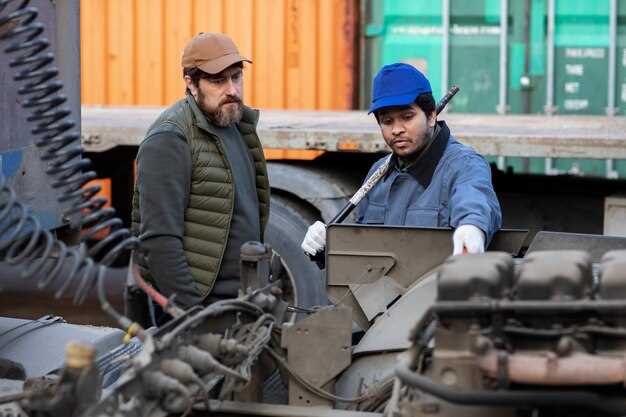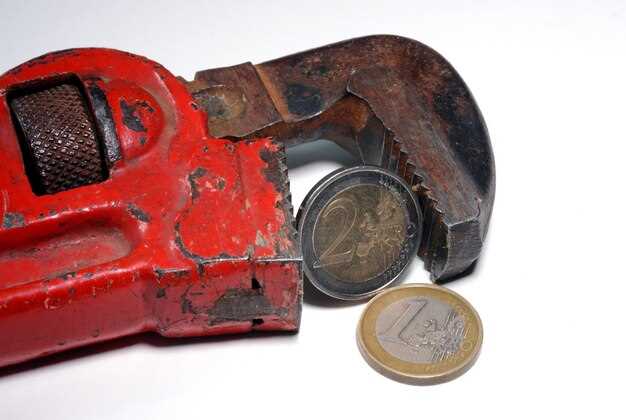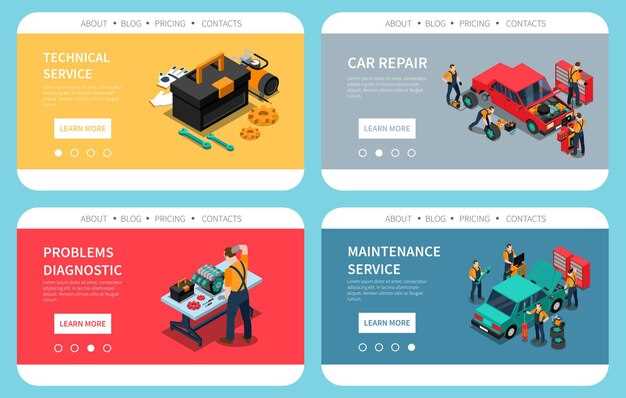
When it comes to purchasing salvage vehicles, many buyers are drawn in by the promise of significant savings. However, what often goes unnoticed are the hidden costs associated with repairing these vehicles. While the initial price may seem attractive, the expenses related to repairs can quickly accumulate and negate any perceived benefits of buying a salvage title car.
First and foremost, the repair process of salvage vehicles can be unpredictable. Salvage cars often come with damage that isn’t fully visible during the buying process, leading to unexpected repair challenges. Comprehensive inspections may uncover issues requiring costly fixes, which can include everything from minor bodywork to extensive mechanical repairs. These unforeseen repairs can significantly impact the overall budget.
In addition to the basic repairs, there are often secondary costs that buyers overlook. This includes potential registration fees, insurance increases, and even potential depreciation. As vehicles are repaired, owners may discover that certain parts are difficult to find or overpriced, further adding to the cost of repairs. Therefore, it is crucial for potential buyers to consider all these factors before diving into a salvage vehicle purchase.
In conclusion, while repairing salvage vehicles can seem like a financially savvy decision at first glance, the hidden costs associated with repairs can quickly transform a good deal into a financial burden. A thorough understanding of these costs will empower buyers to make informed decisions and avoid the pitfalls often encountered in the salvage vehicle market.
Evaluating Underlying Damage Beyond Initial Repairs

When considering the purchase of a salvage vehicle, it is crucial to assess not only the visible damages but also the underlying issues that may not be immediately apparent. Initial repairs can often mask deeper problems that could lead to significant future expenses.
One of the first steps in this evaluation is to conduct a thorough inspection of the vehicle. Check for signs of frame damage, as this can severely affect the vehicle’s structural integrity. A damaged frame often requires extensive and costly repairs that may be overlooked during initial assessments.
Another area of concern is the vehicle’s electrical system. Water damage from accidents can lead to corrosion of wiring, which may not be apparent until the vehicle has been used extensively. Faulty electronics can result in unexpected repairs, significantly increasing overall costs.
Mechanical components should also be scrutinized. Engine and transmission damages might not be visible at first glance but can manifest into larger issues as the vehicle is driven. Always consider having a professional mechanic conduct a comprehensive evaluation before finalizing the purchase.
Furthermore, evaluating the quality of the initial repairs is essential. Poor repairs may lead to problems like misaligned wheels or unbalanced components, contributing to increased wear and tear on the vehicle. Understanding the standards of the repair work already completed can help predict potential future issues and associated costs.
In summary, evaluating underlying damage beyond initial repairs is vital when considering a salvage vehicle. A thorough inspection can reveal hidden costs that may affect the overall value and reliability of the car, ensuring that the investment remains sound in the long term.
Assessing Long-Term Maintenance Expenses for Salvage Cars
When considering the purchase of a salvage vehicle, it is vital to evaluate the long-term maintenance costs associated with its ownership. Salvage cars often come with hidden expenses that can significantly impact overall affordability. Factors including the extent of previous damage, the quality of repairs, and the availability of replacement parts can all contribute to future costs.
One primary concern is the condition of the vehicle’s critical components, such as the engine, transmission, and electrical systems. If these elements were not properly repaired or replaced during the salvage process, owners may face costly repairs sooner than expected. Additionally, the age and make of the car play a crucial role in determining how much upkeep will be required over time.
Routine maintenance, such as oil changes, brake inspections, and tire rotations, remains essential and could differ in frequency or cost for salvage vehicles. It’s important to establish a maintenance schedule and budget for these ongoing expenses to ensure the vehicle remains reliable and safe.
Insurance premiums are another aspect that can affect long-term costs. Often, salvage vehicles have higher insurance rates due to their history. It’s advisable to research different insurance providers to find a policy that aligns with budgetary constraints while still providing adequate coverage.
Lastly, be mindful of any potential hidden costs that can arise unexpectedly. These may include legal fees for title restorations, emissions testing, and registration issues. Allocating funds for these potential expenses can prevent financial strain in the future.
In conclusion, understanding and planning for the long-term maintenance expenses of salvage cars is vital for any prospective owner. By considering the various factors involved, one can make a more informed decision and effectively manage overall ownership costs.
Understanding Insurance Implications for Repaired Salvage Vehicles

When considering the purchase of a salvage vehicle, it’s crucial to understand the insurance implications that come with repairing and insuring such a vehicle. Insurance companies often view repaired salvage vehicles in a different light compared to standard cars; this can affect both coverage options and premiums.
Firstly, many insurers may require a specific inspection to confirm that the repairs have been completed to a satisfactory standard before providing coverage. This evaluation is essential as insurance companies need to ensure that the vehicle is safe and roadworthy. Some insurers might only offer liability coverage for repaired salvage vehicles, leaving the owner with minimal protection in the event of an accident.
Additionally, the value assessment of a repaired salvage vehicle can pose challenges. After repairs, the vehicle’s resale value typically remains lower than that of a comparable vehicle with a clean title. This depreciation can affect the amount of coverage available; companies may base insurance payouts on the car’s salvage value rather than its market value post-repair. Consequently, if a loss occurs, the payout may not cover the full cost of replacement.
Premiums for salvage vehicles may also be higher. Insurance companies often perceive these vehicles as higher risk due to their past damage history. Consequently, owners of repaired salvage vehicles may encounter elevated costs when they seek comprehensive or collision coverage, if such options are available at all.
Furthermore, the specific details of the repairs may impact insurability. Major structural repairs, for instance, often raise red flags for insurers, as they can affect vehicle safety and performance. Being transparent about the extent of repairs is vital when discussing insurance options.
To navigate these complexities successfully, prospective buyers of salvage vehicles should shop around for insurance providers that specialize in this niche. It’s also advisable to maintain thorough documentation of all repairs, as this can help mitigate some concerns insurers may have and facilitate the process of obtaining insurance coverage.



